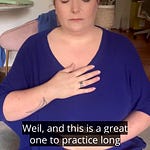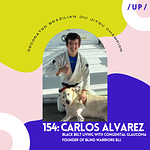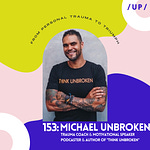Nthabeleng Ramoeli was born in the small southern African country of Lesotho. At the age of 12, she began to experience chronic pain and subluxation of her joints, in addition to extreme skin elasticity, GI and lung issues, and anapyhlaxis. These symptoms persisted through her admittance to university, where test after test came back inconclusive. So, she began her own research…and stumbled upon Ehlers-Danlos syndrome (EDS). While her diagnosis was eventually confirmed, none of the practitioners in her region knew what EDS was — or how to treat it. She found herself arguing with doctors every time she had contact with the medical system, as most couldn’t admit the limit of their own skills and knowledge. In 2014, she was in an accident in which she sustained over 10 broken bones down her spine, among other injuries. A spinal specialist informed her that EDS had saved her life: her joints were so hypermobile, the impact hadn’t shattered her spinal cord…and while she spent close to a year in rehabilitation, she can walk again today. In 2017, she founded Rare Diseases Lesotho Association (RDLA) in order to serve others living with rare disease in her corner of the world — by raising awareness, providing care and education services, and bringing those who feel alone into community. In 2020, this led to the creation of the Rare Diseases African Alliance, which also includes the Rare Diseases Namibian Alliance. As an activist and advocate for EDS and other rare diseases, Nthabeleng has found ways to cope with her diagnosis despite the hardships she faces — and is fueled by helping others live as comfortably and fully as possible with rare disease.
Tune in as Nthabeleng shares:
when she first started experiencing symptoms of EDS, and how she was diagnosed
how she struggled with doctors who didn’t understand her diagnosis and treatment
how her constellation of symptoms finally made sense when she discovered EDS in her research
her experience in a psychiatric hospital, which further proved her diagnosis was not in her head
the degree to which her organs are involved in her EDS type
how her diagnosis has impacted her relationships
how and why she founded RDLA
how disability has transformed her presence in the world
how you can support RDLA’s efforts
her advice for others living with invisible disability














Share this post